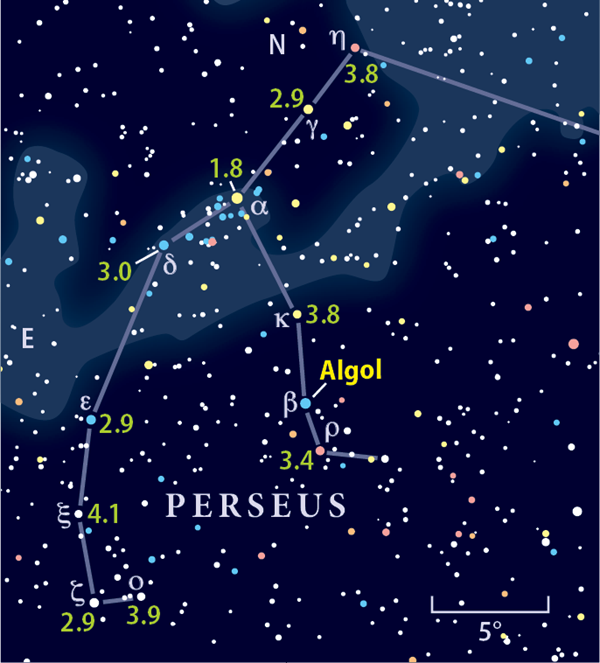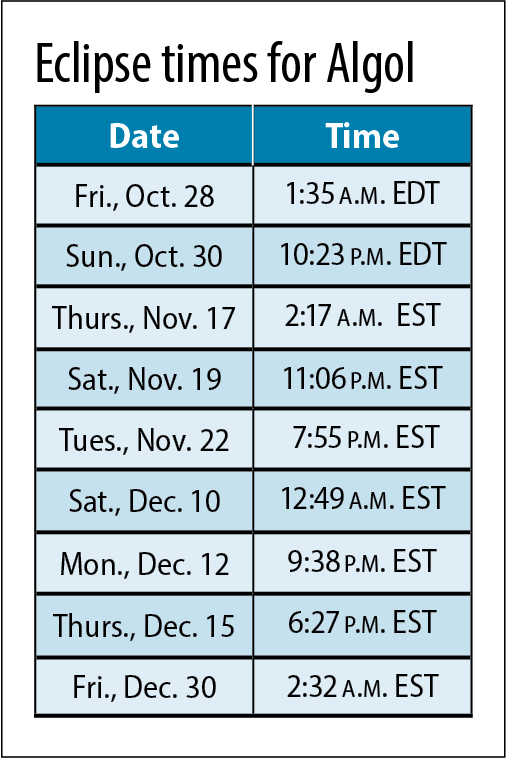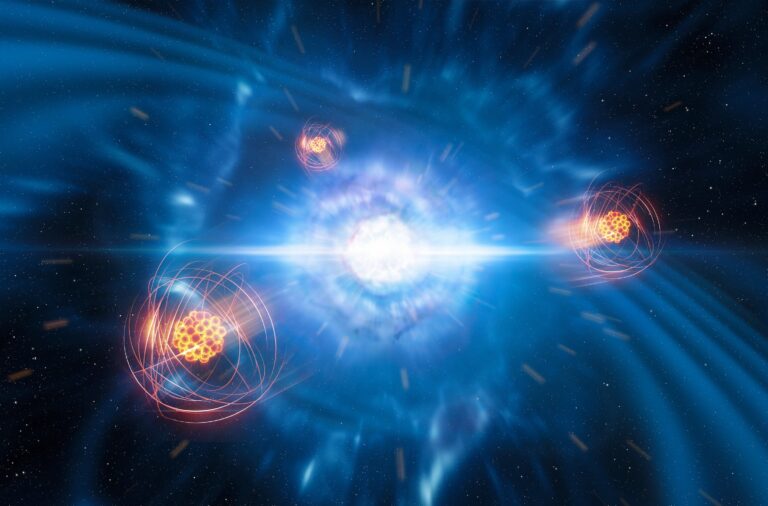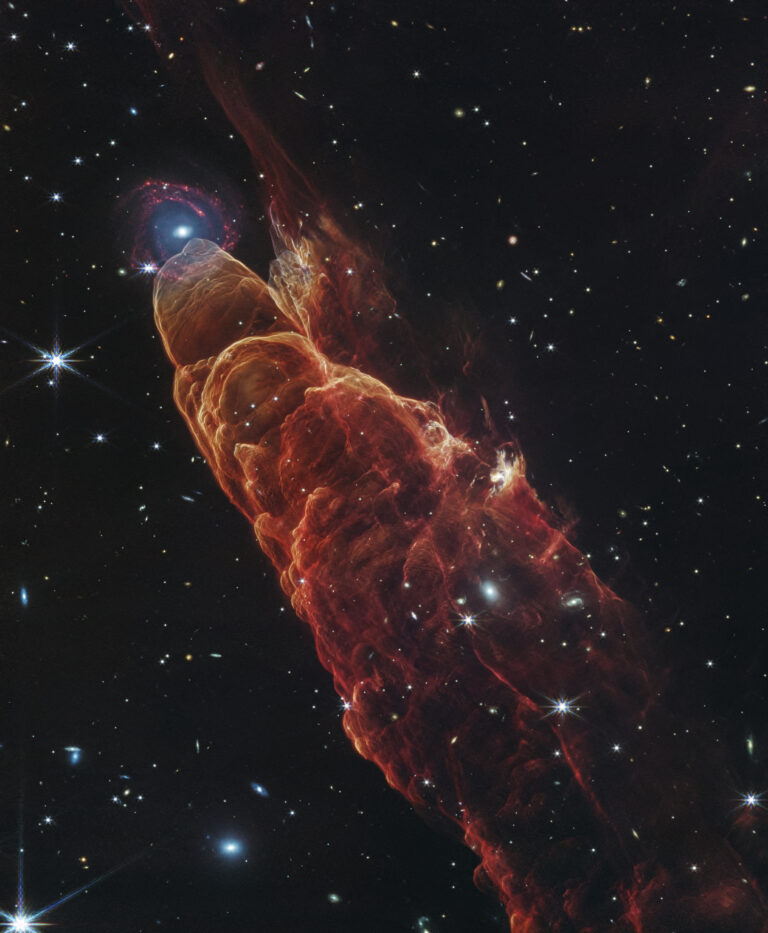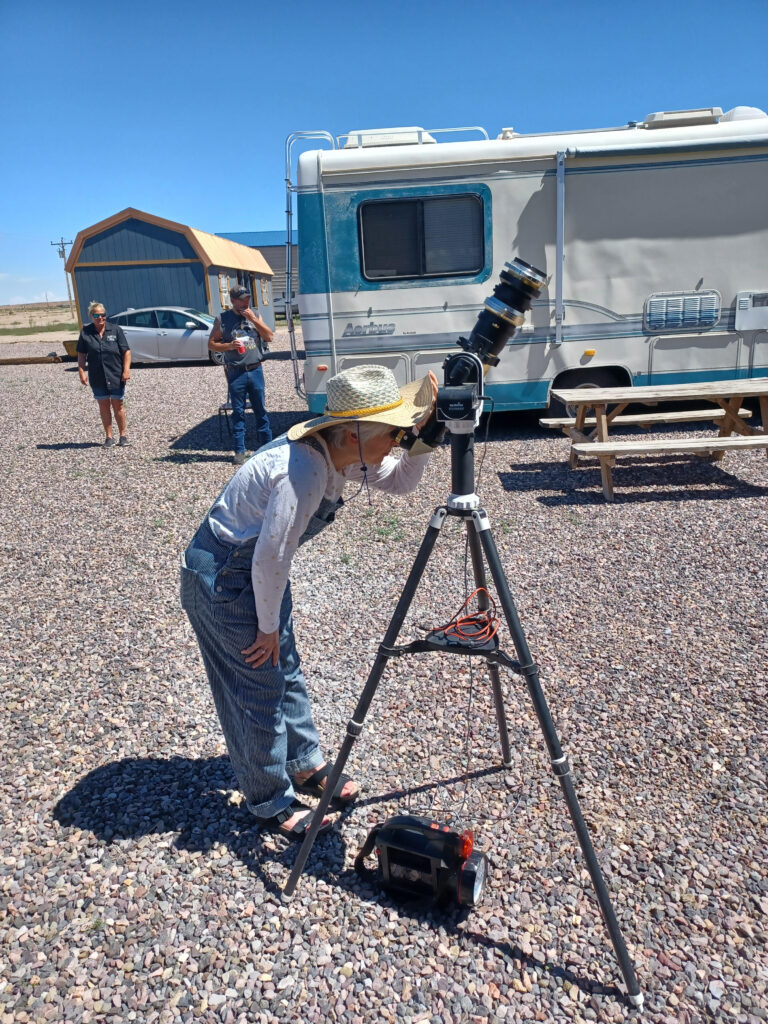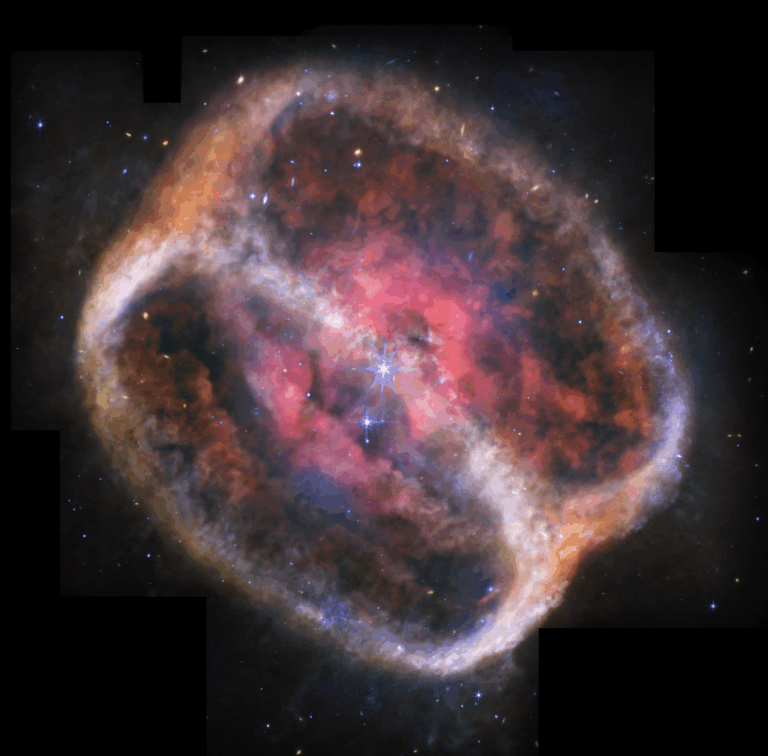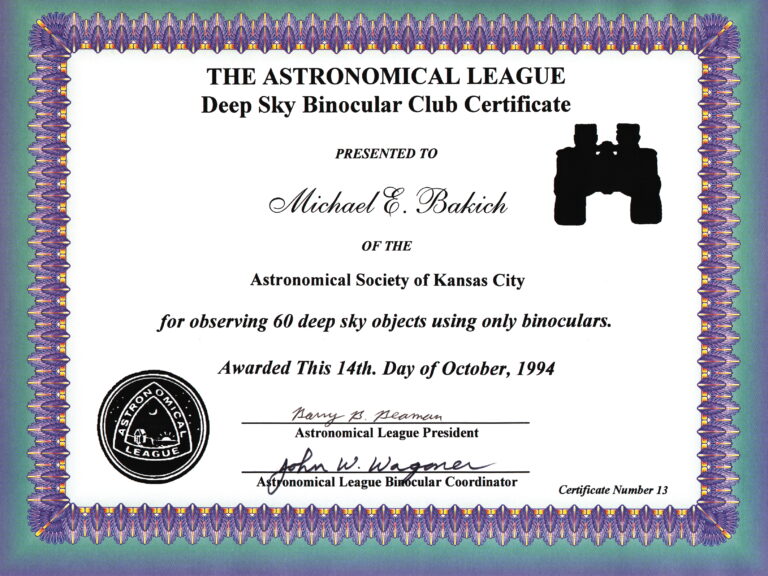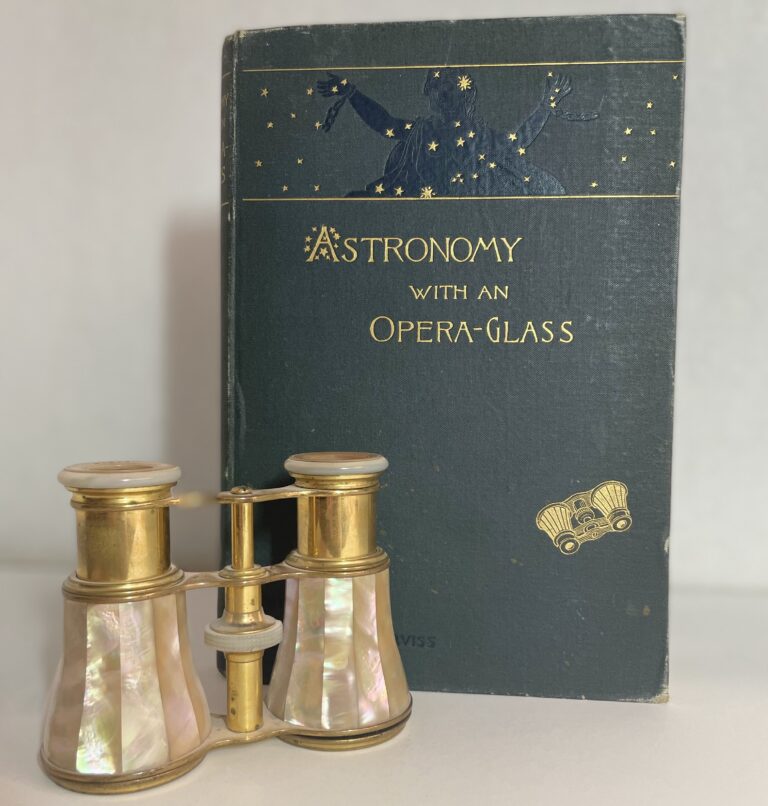Key Takeaways:
- The brightness of variable stars, exemplified by Algol (Beta Persei), can be estimated by comparing their visual magnitude to nearby stars of known magnitudes.
- Algol, an eclipsing binary star system, exhibits a periodic decrease in brightness due to mutual eclipses of its constituent stars, observable with the unaided eye.
- Observing Algol's eclipse involves recording its magnitude at regular intervals (e.g., 20-30 minutes) over several hours centered around the predicted mid-eclipse time.
- The collected data, plotting time against magnitude, generates a light curve illustrating Algol's brightness variation during the eclipse.
Arguably, a hobby’s greatest benefit is derived from its rewards. I’ve been an avid backyard astronomer for 60 years. I still recall the night in 1963 when my high school friend Ray Gerbi showed me Saturn and its rings through his 80x Gilbert reflecting telescope. That experience and a penchant for writing paved my way to this column, which has rewarded me countless times over the years (more on that next month).
As for the observational aspect of backyard astronomy, no activity has rewarded me more than variable star observing. After briefly toying with beginner-level variables like R Leonis, I joined the American Association of Variable Star Observers (AAVSO) in 1980. Since then, I’ve forwarded more than 80,000 visual brightness estimates of variable stars to this noble organization. Each one wound up in a database that the AAVSO makes available to astronomers worldwide. In other words, variable stars have rewarded me some 80,000 times over!
You don’t have to become an avid variable star observer like me, but if you’ve never witnessed a star change brightness, I urge you to at least give it a try. The typical variable star fades from maximum to minimum brightness and back over a period of days, months, or even years. But now I’m going to introduce you to one that dims and bounces back in just a matter of hours. Moreover, it’s bright enough to view with the unaided eye. Without further ado, our one-night variable star is the eclipsing binary Algol (Beta [β] Persei).
Visible as a single 2nd-magnitude star, Algol is actually a tight eclipsing binary system comprised of a hot and bright main-sequence star paired with a cooler and dimmer subgiant. The two complete an orbit every 2.87 days, and because their orbits are edge-on to our line of sight, they periodically eclipse one another. A deep (primary) eclipse occurs when the fainter star passes in front of its brighter partner. When this happens, Algol fades from magnitude 2.1 to 3.4. (The secondary eclipse is too small to detect without specialized equipment.)
If you’re up to experiencing an Algol eclipse, here’s what you need to do. First, equip yourself with a clipboard, pencil, red-filtered flashlight, and a watch or smartphone to keep track of time. The clipboard should hold a blank sheet of paper and a copy of the Algol field chart at left. Next, use the accompanying table to select a date and time for an upcoming eclipse. From beginning to end, each eclipse lasts about 10 hours. Fortunately, Algol is nearly at maximum brightness in the early and late hours of the eclipse. You’ll catch most of the action by starting your observations three hours before mid-eclipse and continuing for another three hours afterward.
Step outside about 10 to 15 minutes before this time to dark-adapt your eyes and familiarize yourself with the location of Algol and surrounding comparison stars. Their magnitudes are labeled in green on the Algol field chart. When ready, make an initial magnitude estimate of Algol. Simply find a nearby star that’s equal in brightness to Algol and jot down the time and magnitude. Don’t fret over accuracy; the data you collect are for your eyes only. Your goal is simply to document the behavior of an eclipsing variable. While most visual observers of Algol-type variables make their estimates every 10 to 15 minutes, you’ll get decent results by checking in every 20 to 30 minutes. After returning indoors, graph your data using time as your X-axis and magnitude as your Y-axis. When you connect these points, you will have created a light curve of Algol’s eclipse. Pretty neat, eh?
If you only have time for a quick look, make an estimate of Algol’s magnitude a few hours before a predicted minimum. Then, when it is close to its maximum brightness, repeat at the time of mid-eclipse. You’ll be amazed at the difference!
If your experience with Algol piques your interest in variable stars, I encourage you to find out more about this rewarding activity. Your best source is the AAVSO website (www.aavso.org), where you’ll find a how-to guide for beginners and a list of easy-to-observe variables.
Questions, comments, or suggestions? Email me at gchaple@hotmail.com. Next month: A final bow. Clear skies!

